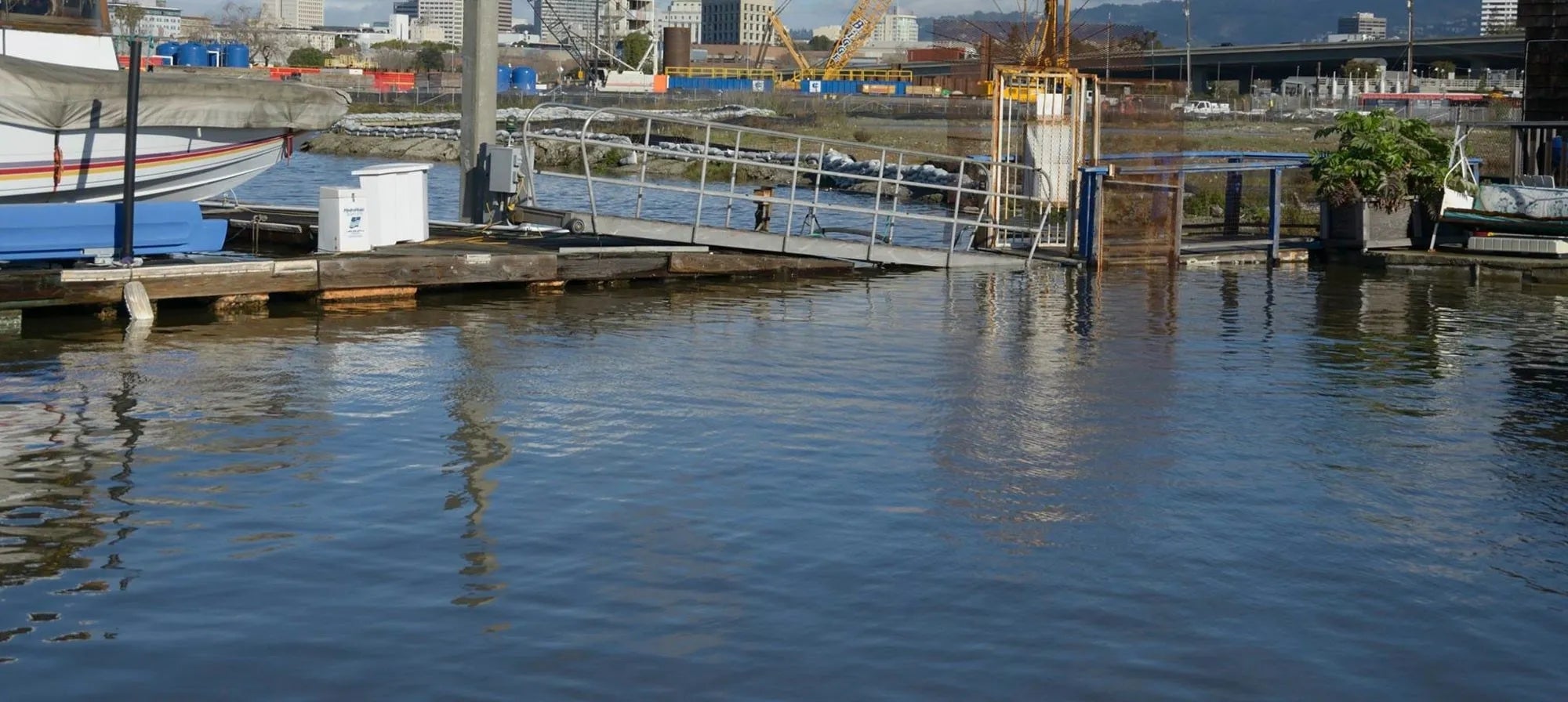
“We already have done a lot of research, and the data we’ve collected gives us a growing understanding about where our greatest vulnerabilities are,” said Allison Brooks, executive director of the Bay Area Regional Collaborative (BARC), which is made up of four regional agencies, including MTC, and played a leadership role in securing the Rockefeller Foundation grant. “But we are at this important point where we need to start transitioning from analysis to action. That means implementing real strategies and real solutions. And a lot of those we need to start now.”
“Across the Bay Area, increasingly frequent flooding is putting more and more strain on aging infrastructure, while continued sea-level rise is threatening coastal resources. These are real and serious challenges, and they require real and serious solutions,” said Dr. Judith Rodin, president of The Rockefeller Foundation, pioneer of 100 Resilient Cities and Rebuild by Design. “We are incredibly excited to take all that we learned from our successful Rebuild by Design program — as well as the best practices developed by our 100 Resilient Cities — to help the Bay Area keep disruptions from becoming disasters. Our hope is this challenge will tap into the innovative and collaborative spirit that defines the Bay Area to solve the growing problems facing our communities today — particularly for the poor and vulnerable.”
“Building off the success we saw with the Rebuild by Design Hurricane Sandy Design Competition, we are excited to implement this innovative challenge which will transform the Rebuild model from one of disaster response to resilience planning,” said Amy Chester, managing director of Rebuild by Design. “The Bay Area has some of the most vibrant communities and we will look to connect the talent in those communities with the smartest policy makers, designers, architects and others from across the region and around the world to create realistic solutions to build the Bay Area for the next generation.”
“Tackling our most pressing challenges requires all of us — policymakers, nonprofits, businesses and community leaders — to work together. This is the guiding principle behind Resilient by Design: to focus all of the best minds in the Bay Area on holistically building our resilience,” said Zack Wasserman, chair of the San Francisco Bay Conservation and Development Commission. “We look forward to not only seeing the forward-thinking design solutions these teams envision for our region, but also watching as they work with our communities and developers to implement their projects. Through this partnership, I know we can all effectively and efficiently adapt for the rising tides to come.”
“In the wake of Hurricane Sandy, Rebuild by Design surfaced some of the most ambitious and powerful resilience projects we have seen, and I believe that the result will be the same in the Bay Area,” said Michael Berkowitz, president of 100 Resilient Cities. “This inclusive process will help design and develop projects that will address the intersection of climate change and other regional challenges such as housing, transportation and inequality. The Bay Area Resilient by Design process will build on the three Bay Area resilience strategies that have been produced so far — in Berkeley, Oakland and San Francisco — and will be an important step for the resilience of the region.”
Photo credit: Myles Boisen
